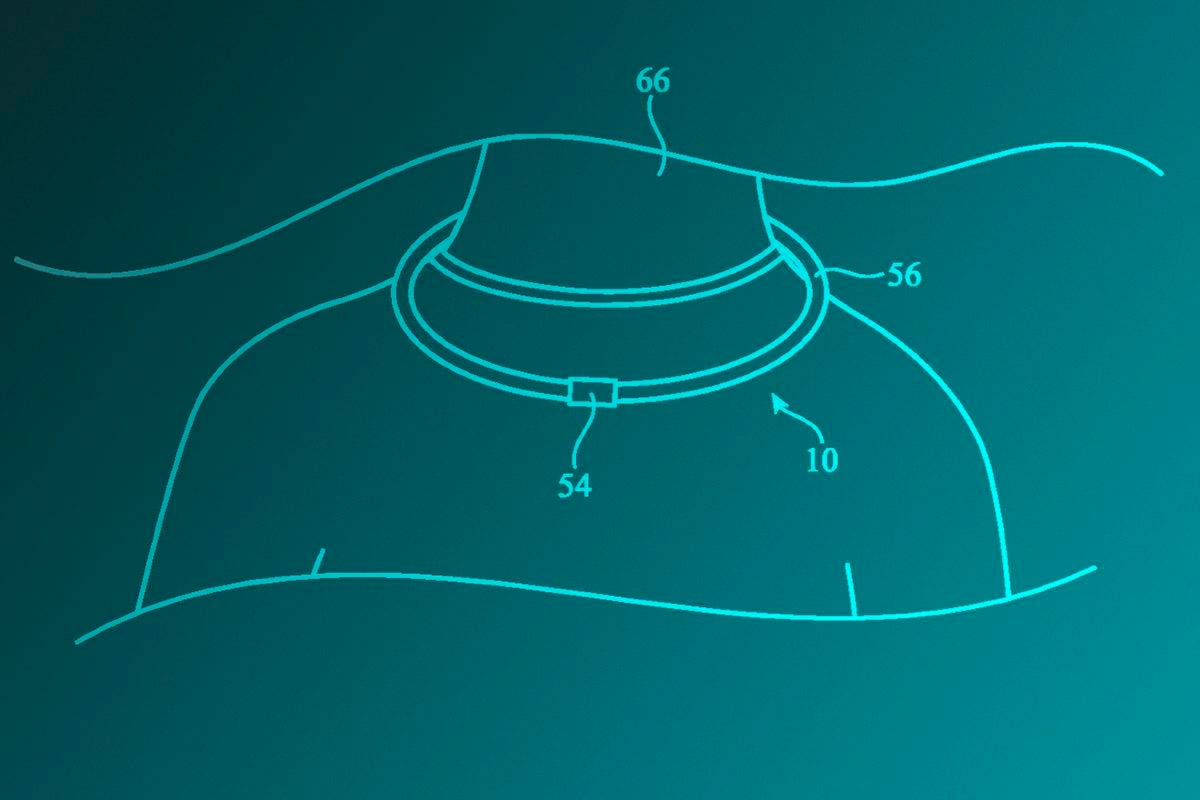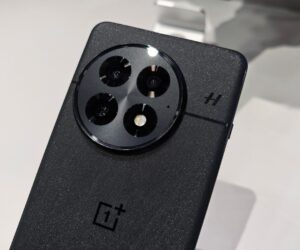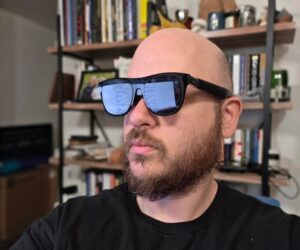Apple patent diagram
An Apple patent filing has been published over at the Unites States Patent and Trademark Office, detailing a new kind of wearable that could be the basis of a future AI interface.
The “wearable loops” patent was spotted by Patently Apple and, as ever, these filings should not be taken as solid evidence a company is planning on releasing the device detailed.
However, it’s interesting enough to warrant some extra attention, particularly as this patent arrives recently after previous Apple collaborator Jony Ive cemented an AI design partnership with OpenAI.
The 27-page filing looks into a “wearable loop-shaped electronic device” that could be worn on the wrist, around the neck, or could be place on items like keys or doorknobs to provide spatial information or act as a tracker.
Apple wearable loops patent diagram
As in many of these filings, this one explores a host of ways this technology could be used. For example, rather than simply featuring an accelerometer to judge motion when worn on the neck, ankle or wrist, it suggests the wearable could be used to analyze blood pressure and skin moisture, or to provide an EKG reading.
What could the Apple AI wearable do?
It suggests Apple’s wearable loops could feature communications circuity like a microphone, or even emit light to, again, be used as a form of positional sensor. The patent also describes haptic feedback used to relay information to the wearer, and the loop’s ability to potentially change shape.
“The haptic output devices may cause the fabric cord to change from a furled shape to an unfurled shape,” the filing’s summary reads.
While this may sound a little out-there on the page, it could let Apple’s Wearable Loops switch from being something you wear on the wrist or put in a bag, to a wearable long enough to fit around your neck for voice input.
A thin loop like this is not the obvious fit for a speaker or screen, but the patent does leave room for either to fit into an iteration of this device concept too.
It’s starting to turn into a sort-of next-generation Apple AirTag with more uses than that old reliable Apple favourite. And the patent also suggests it could be important for the future of any Apple Vision Pro style headsets, or Apple’s long-awaited smart glasses.
The Apple Wearable Loops “may be used as an anchor or visual marker in an augmented reality or virtual reality system,” the documentation suggests. Not only may these trackers have tech similar to that of the Apple U2 location-tracking chip, their suggested ability to emit light means they could act like a visual indicator for a VR/AR headset.
There’s a solid argument that VR headset tech may have already matured beyond the need for those, though, at least for basic use cases like boundary definition. And that’s in affordable headsets like the Meta Quest 3, not the even more powerful Vision Pro and co.
One recurring part that seems to be in place regardless of the style of Wearable Loop discussed is it will use wireless charging to receive power, including the use of a wireless charging case.
Is this a likely vision of a future Apple device? Not really, but something based on similar concepts could make a more easygoing alternative to Apple’s anticipated smart glasses. Part of their job is to begin the process of making the iPhone a secondary device, if not consigning it to the past altogether.
Apple’s patent filing was attributed to Paul Puskarich, whose LinkedIn profile suggests he has worked at Apple since 2008.








